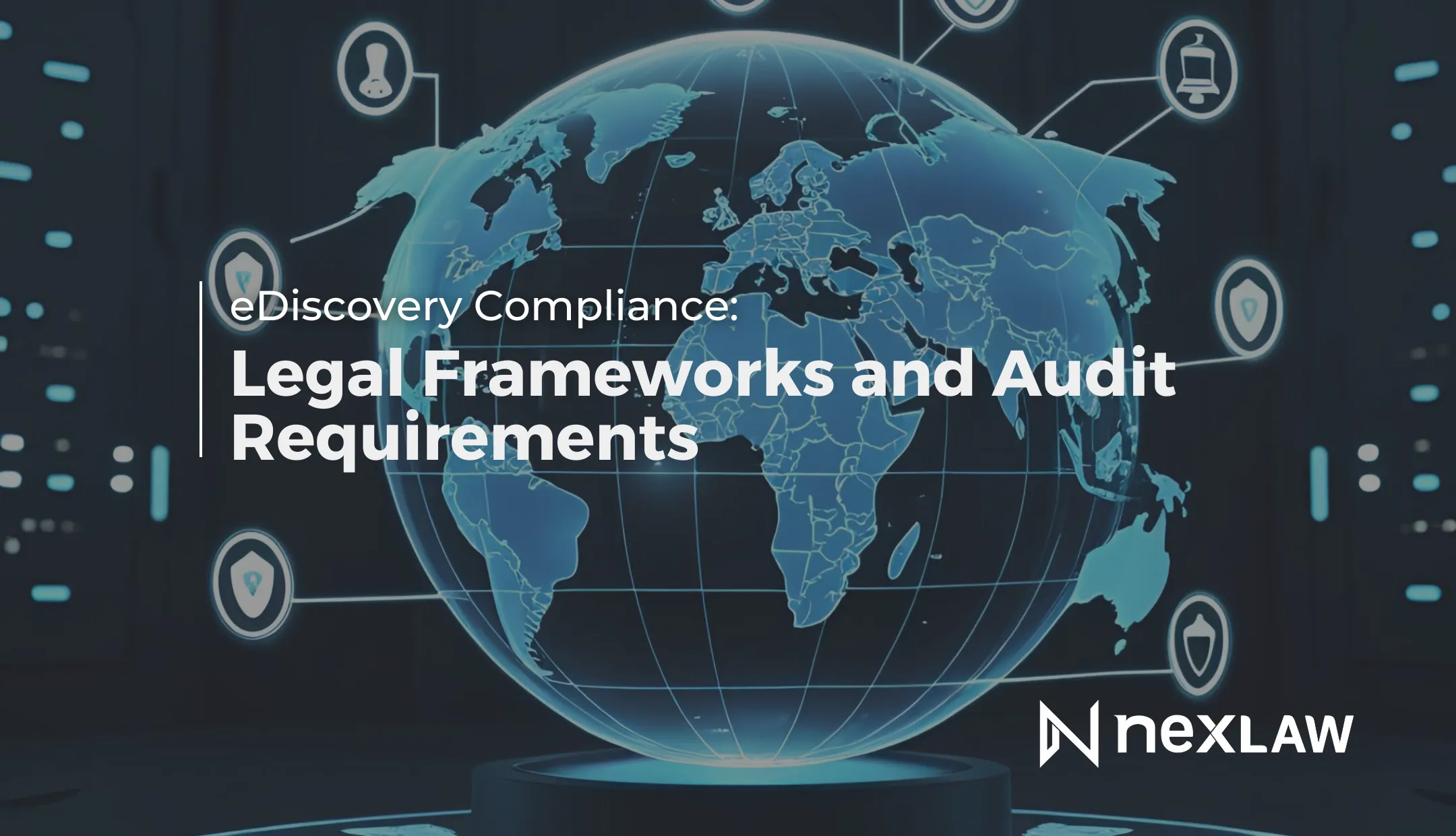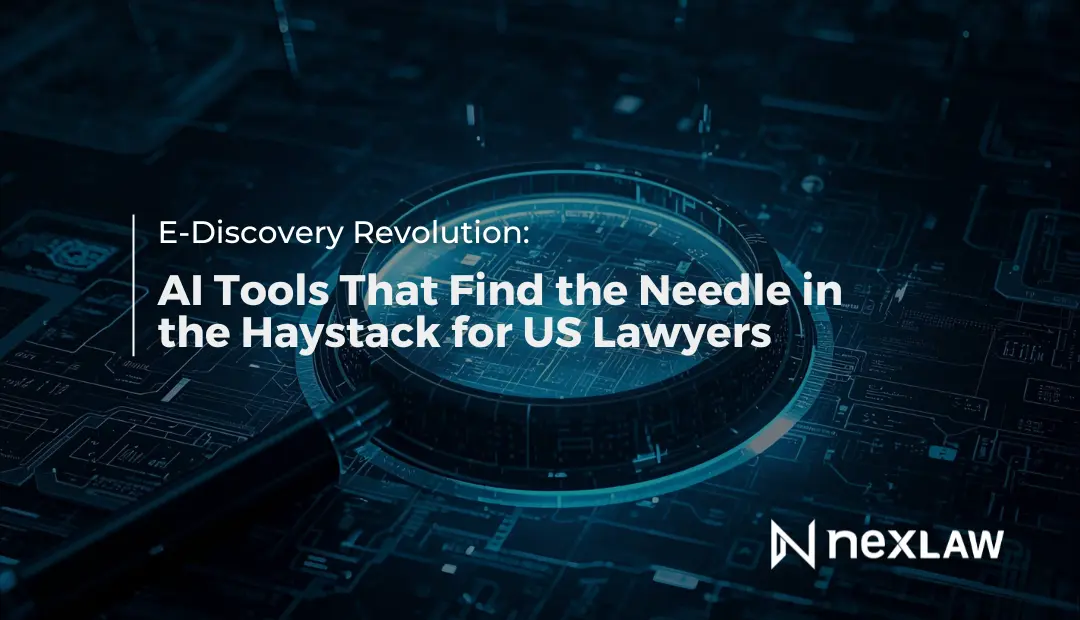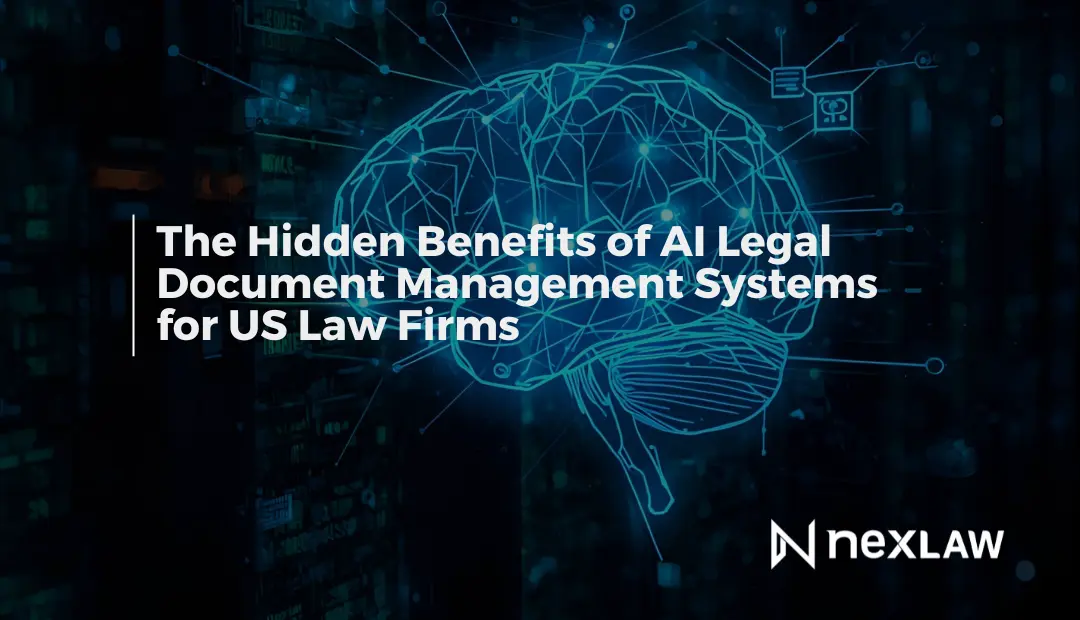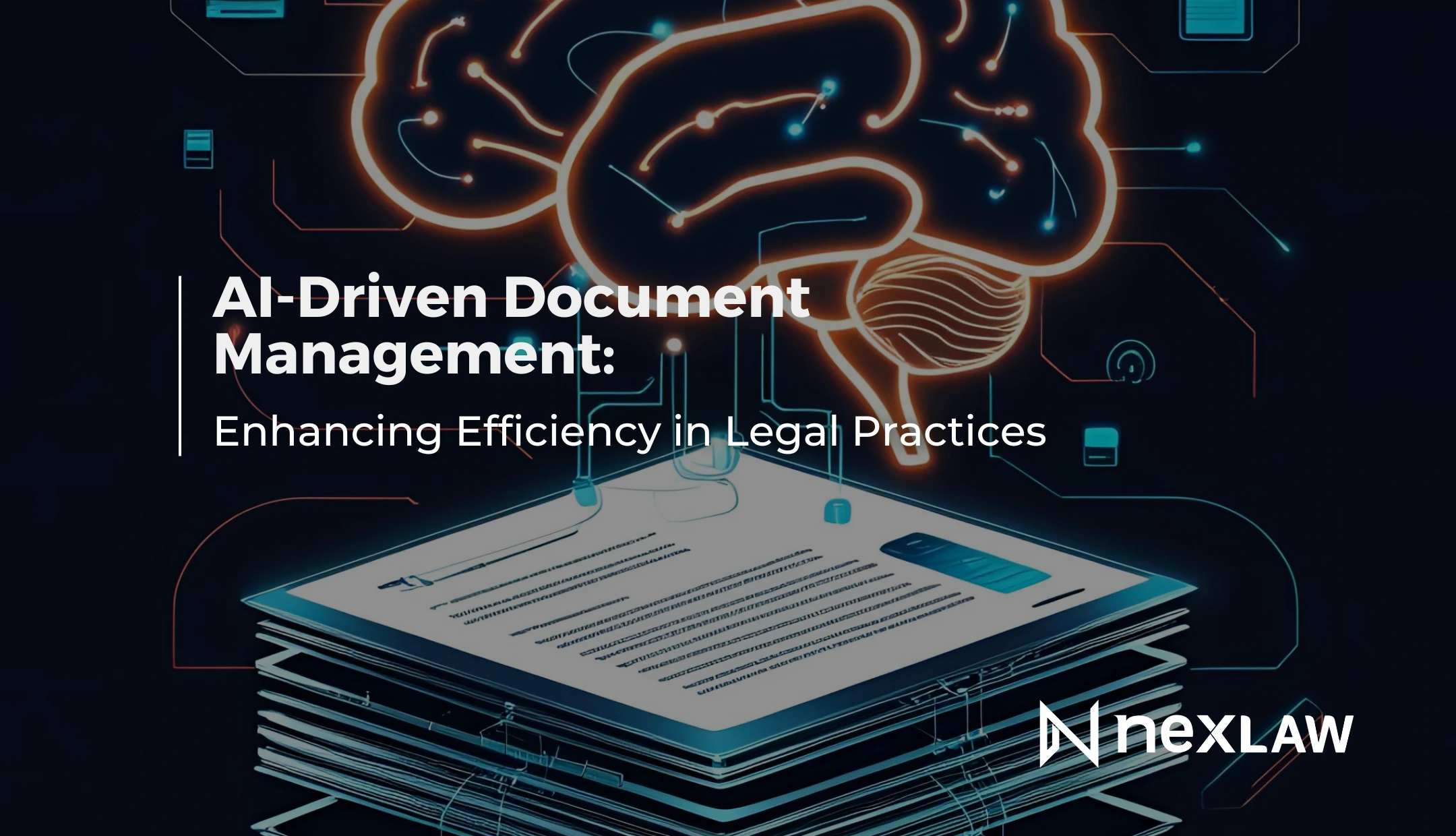eDiscovery Compliance: Legal Frameworks and Audit Requirements
eDiscovery compliance has become the cornerstone of modern legal practice, with organizations facing increasingly complex regulatory landscapes that demand meticulous adherence to federal rules, international data protection laws, and industry-specific standards. The Electronic Discovery Reference Model (EDRM) provides a standardized framework breaking down the eDiscovery process into nine phases, emphasizing that proper compliance begins long before litigation emerges through robust information governance policies.
Unlock Legal Insights Instantly!
Legal professionals must navigate a complex web of compliance obligations stemming from three primary sources: U.S. rules and laws, foreign regulations, and data security standards. The Federal Rules of Civil Procedure (FRCP) serve as the foundation for federal civil cases, establishing detailed guidelines for discovery processes while Rule 26 defines the scope of discoverable information and Rule 37 delineates sanctions for non-compliance.
The stakes for eDiscovery compliance violations have never been higher, with organizations facing costly fines, reputational damage, and potential criminal liability for failure to preserve electronically stored information or meet discovery obligations. Effective compliance requires cross-functional collaboration between legal teams, compliance officers, IT departments, and business executives to develop policies that align with organizational objectives while meeting regulatory requirements.
Federal Rules and Legal Framework Compliance
FRCP Requirements and Sanctions
The Federal Rules of Civil Procedure establish comprehensive obligations for organizations involved in federal litigation, requiring preservation of all information relevant to any legal claim or defense beginning as soon as litigation is reasonably anticipated. Rule 26 governs discovery scope and proportionality considerations, while requiring parties to meet and confer about discovery planning and potential issues.
Organizations must implement systematic processes for identifying potential custodians, data sources, and relevant information types across their enterprise infrastructure. This includes developing litigation hold protocols that suspend routine data destruction processes and ensure comprehensive preservation of electronically stored information across email systems, databases, file shares, and collaboration platforms.
Rule 37 sanctions provide courts with broad authority to impose penalties for discovery failures, including:
- Monetary sanctions covering reasonable attorney fees and costs incurred by opposing parties
- Adverse inference instructions allowing juries to assume destroyed evidence was unfavorable
- Dismissal of claims or defenses in cases of particularly egregious conduct
- Default judgments against parties who fail to comply with discovery obligations
State and Local Court Variations
While many states have adopted rules similar to federal requirements, legal professionals cannot assume identical standards across jurisdictions. State court rules may include specific guidance on discovery conduct, meet and confer requirements, and technology protocols that differ significantly from federal standards.
Local court rules and individual judicial practices add another layer of complexity, with some courts providing detailed requirements for electronic filing formats, discovery production protocols, and case management procedures. Organizations operating across multiple jurisdictions must develop compliance frameworks that accommodate varying requirements while maintaining consistent data management standards.
International Data Protection Compliance
GDPR and Cross-Border Discovery
The General Data Protection Regulation (GDPR) creates significant compliance challenges for organizations conducting eDiscovery involving European data subjects. Article 44 restricts data transfers outside the European Union without adequate safeguards, while Article 17 establishes rights to erasure that may conflict with litigation hold obligations.
Organizations must implement comprehensive data mapping procedures to identify personal data locations, processing purposes, and legal bases for retention. This includes establishing clear protocols for handling data subject access requests (DSARs) that may arise during ongoing litigation while maintaining discovery obligations.
The California Consumer Privacy Act (CCPA) adds additional complexity for organizations handling California resident data, granting consumers rights to know about personal data collection, request deletion, and opt out of data sales. These rights must be balanced against legitimate litigation needs while ensuring compliance with both privacy regulations and discovery requirements.
Industry-Specific Regulatory Frameworks
Healthcare organizations must navigate HIPAA requirements that protect patient health information while meeting discovery obligations in medical malpractice or regulatory investigations. The Health Insurance Portability and Accountability Act establishes specific requirements for protecting, accessing, and disclosing protected health information during legal proceedings.
Financial services organizations face compliance obligations under the Sarbanes-Oxley Act, which imposes strict financial reporting and auditing requirements. Section 404 requires management assessment of internal controls over financial reporting, while Section 409 mandates rapid disclosure of material changes in financial condition.
Publicly traded companies must also consider SEC disclosure requirements that may be triggered by litigation or regulatory investigations, particularly those involving material business relationships, financial performance, or executive conduct.
Audit Trail and Documentation Requirements
Comprehensive Activity Logging
Regulatory frameworks across industries require organizations to maintain detailed audit trails demonstrating adherence to data retention and security policies. These audit trails must capture user activities across enterprise systems, including access attempts, data modifications, export activities, and system configuration changes.
Modern compliance platforms provide tamper-proof audit logging capabilities that record:
- User authentication and authorization events with timestamps and access levels
- Data collection and processing activities including search queries and results
- Legal hold implementation and modification with responsible party identification
- Export and production activities documenting data recipients and purposes
Chain of Custody Documentation
Maintaining proper chain of custody documentation ensures the authenticity and admissibility of electronic evidence throughout the discovery process. This requires systematic tracking of data from initial identification through final production, including detailed records of collection methods, processing procedures, and review activities.
Forensic collection protocols must document the tools and techniques used to preserve data integrity, while transfer procedures must include verification methods that confirm data completeness and accuracy. Any modifications to collected data must be thoroughly documented with justification and authorization records.
Technology and Security Compliance Standards
SOC 2 Type II Certification
System and Organization Controls (SOC) 2 Type II certification provides industry-standard assurance that service providers maintain appropriate controls for security, availability, processing integrity, confidentiality, and privacy. Organizations should only work with eDiscovery vendors that maintain current SOC 2 Type II certification to ensure adequate data protection throughout the discovery process.
These standards require comprehensive testing of control effectiveness over extended periods, providing assurance that security measures operate consistently rather than just existing on paper. Regular penetration testing, vulnerability assessments, and incident response procedures form essential components of SOC 2 compliance frameworks.
Multi-Factor Authentication and Access Controls
Regulatory compliance increasingly requires implementation of multi-factor authentication for accessing sensitive discovery data, particularly when handling protected health information, financial records, or personal data subject to privacy regulations. Role-based access controls ensure that only authorized personnel can access specific data types based on their legitimate business needs.
Advanced platforms now provide granular permission systems that enable fine-tuned control over user capabilities, including read-only access, export restrictions, and time-limited access grants. These controls must integrate with existing identity management systems while providing comprehensive audit trails for compliance verification.
How NexLaw’s NeXa Platform Supports Compliance
NexLaw’s NeXa is purpose-built to help legal teams navigate complex compliance challenges with precision and confidence. Combining specialized legal research with intelligent analysis tools, NeXa ensures full-spectrum regulatory adherence across jurisdictions.
The Deep Research feature allows legal professionals to quickly surface relevant regulations, identify compliance requirements, and analyze jurisdictional variations—reducing time spent on manual legal review.
Documents Insight provides deep analysis of regulatory materials and court orders, helping teams understand evolving requirements and their implications for discovery processes. This is especially critical when new laws emerge or when obligations span multiple regions.
Compare Jurisdictions offers essential clarity for organizations operating across federal, state, and international systems—making it easy to track how compliance requirements differ and to build a comprehensive strategy.
Contract Due Diligence enables rapid analysis of vendor agreements and service contracts, ensuring alignment with data protection standards and disclosure obligations.
Analyze Pleadings supports planning and response by dissecting court orders and discovery requests with precision.
Best Practices for Sustainable Compliance
To stay ahead, legal teams should:
- Conduct regular audits of data management practices
- Stay informed about evolving laws and regulatory updates
- Provide continuous compliance training to internal teams
- Invest in technologies that offer automation, audit trails, and integration with enterprise systems
Platforms like NexLaw play a vital role in reducing risk, boosting operational efficiency, and maintaining defensibility in an increasingly complex legal landscape.
- Book a Demo – See how NexLaw helps you build a defensible compliance framework
- Explore Plans – Includes a free 3-day trial to experience NexLaw firsthand






